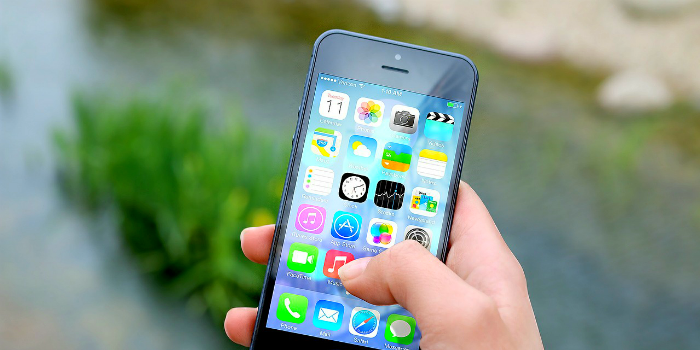
post
March 5, 2015
How Voice and Text Can Increase Your Mobile App Downloads
Many of today’s top businesses offer a mobile app, and all of them are looking for downloads in an increasingly prevalent mobile market. There were an estimated 138 billion global app downloads in 2014, and that number is set to double to 270 billion in 2017. With over half of American consumers downloading around four apps a month, how can your business tap into the booming mobile app market and increase downloads?
Answer: promote downloads through text message and voice, the two most common activities done on a mobile device.
Even though landline call traffic is on the decline, voice is still one of the most widely used and ubiquitous channels in the world. And according to Pew Research, 81% of Americans use their cell phone to send or receive text messages, while 50% use it to download apps.
Companies that use text and voice to boost their mobile app strategy will not only see increased downloads, but increased customer engagement.
Adding text and voice to your mobile app strategy
Over 85% of mobile device users prefer mobile apps over mobile websites, largely because they’re more convenient, faster and easier to browse. In addition, 86% of time spent on the mobile web is spent on apps, compared just 14% for mobile web browsers.
A true omnichannel communication strategy will leverage existing channels (e.g. phone calls) to drive adoption and usage of other channels. That means that customer data collected across channels should be used to deliver a personalized experience, no matter what channel the customer uses. Similarly, if a customer decides to switch between channels, the conversation and context should be maintained (something over 90% of customers expect).
An omnichannel solution can help you track whether or not a customer has downloaded a mobile app and adapt accordingly. For example, if a customer calls into your company, your IVR should know if the caller has downloaded the app.
An omnichannel solution like OneReach can make an API call to your existing customer database to see if customers have created an account or downloaded an app. If they haven’t, create a separate branch within the IVR that encourages users to download the app. It’s as simple as letting a caller “press 1” to receive a text message with a link to download the app.
An omnichannel solution can also switch customers between channels based on which one best suits a specific task. During the call, offer to send a download link via text message by prompting the caller to press 1 (far easier than reciting the URL over voice). No matter what the customer is calling in for (mobile payment, rescheduling, etc.), your IVR flow should promote the idea that they can perform any of these activities within your mobile app (and subsequently provide a link to download it). Once customers have downloaded an app, update the customer database programatically. If customers aren’t downloading the app, consider moving the CTA to another part of the voice or text flow.
Taking it further with texting
Businesses aren’t just limited to dropping a link via SMS. Businesses should also consider offering the ability to receive a text from their website, like Hotwire does:
Businesses can take it even further by changing the copy of the text message based on any number of things: seasonality, what they know about the user (based on the phone number entered), current marketing campaigns, etc.
The best part is that the marketing department can update the copy anytime without having to ask developers to change the API.
However, it’s important to note that capturing a potential customer’s attention with a deal or incentive to encourage a download is only one piece of the puzzle. Maintaining a relationship past the app download and engaging customers is equally important. While it may not be fiscally feasible to offer provide discounts to app users every time they use an app, there are alternatives. To increase mobile app engagement, businesses can:
- Track how users use their app
- Establish loyalty programs and points systems
- Personalize messages and push notifications
- Invite users to leave a review in the app store
- Create a sense of urgency by reminding users of deal deadlines (include a link within the notification directing them to the specific page within the app)
Conclusion
An app is only useful when downloaded. By using the existing communication channels that your customers are already using, you can increase the number of app downloads and offer an enhanced customer experience.
To learn more about your customers’ desire to incorporate text into customer service, download the 2014 Harris Report here.
Image from JE Shoots.
Stay up to date
Latest Articles




